Watercolor Paint
水彩絵具
Suisaienogu
CATEGORIES
Watercolor paint is a water-soluble paint made by mixing mainly pigment with gum arabic and other substances to enable it to adhere to the support element. There are transparent and opaque (gouache) types with different covering capacities. Watercolors create distinct expressions through blurring, tones and fluidity according to the amount of water added.
The components can be broadly divided into “pigment”, “main vehicle (medium)” and “auxiliary agent”. In the same way as nihonga and oil paints, minerals, soil and colorants, which are usually processed into microscopic particles, are used for the pigment. The main vehicle used to fix the pigment is the water-soluble gum arabic resin. This gum hardens when its moisture evaporates, so the volume and tone of the paint may sometimes change. The auxiliary agent consists of ingredients such as glycerin, which gives the paint its smoothness and water retention properties, and anti-mold agents. Depending on the blending ratios of these components, watercolors become either “transparent” or “opaque”. Transparent watercolors have less pigment to produce greater transparency and therefore contain more gum arabic so that the pigment will adhere even when mixed with large amounts of water. Conversely, opaque watercolors contain more pigment and less gum arabic to offer enhanced hiding power when several coats of paint are applied. Moreover, they spread well even without water and contain moistening and thickening agents so that they can be used for impasto style painting. Commercial watercolor paints are sold as a thick paste in tubes or as solid cakes in pans.
When using transparent watercolors, basically, light and dark tones are created by utilizing the lightness of the white paper, and also by overpainting in different degrees using paint mixed with water. With opaque watercolors, differing lightness and tones are created by the amount of white paint mixed with other colors. Also, the thickness, texture and absorbency of the support paper have a great bearing on the effects produced.
The method of fixing pigment using a water-soluble vehicle has existed from ancient times as seen in tempera, fresco, ink wash and Yamato-e paintings. Paints similar to watercolors have been found to be used in the 15th century works by Albrecht Durer. However, present-day watercolors were produced for the first time in England in the 1790s and are deeply related to the discovery of glycerin as a by-product in the production of soap, with the progress of industrialization at the time.
Note that excessive overpainting could cause the colors below to melt and taint the picture because hardened paint re-dissolves when water is added to it. However, using the same characteristics, surplus paint on the palette can be left to dry and be reused in the same way as solid paint blocks.
- Transparent watercolors
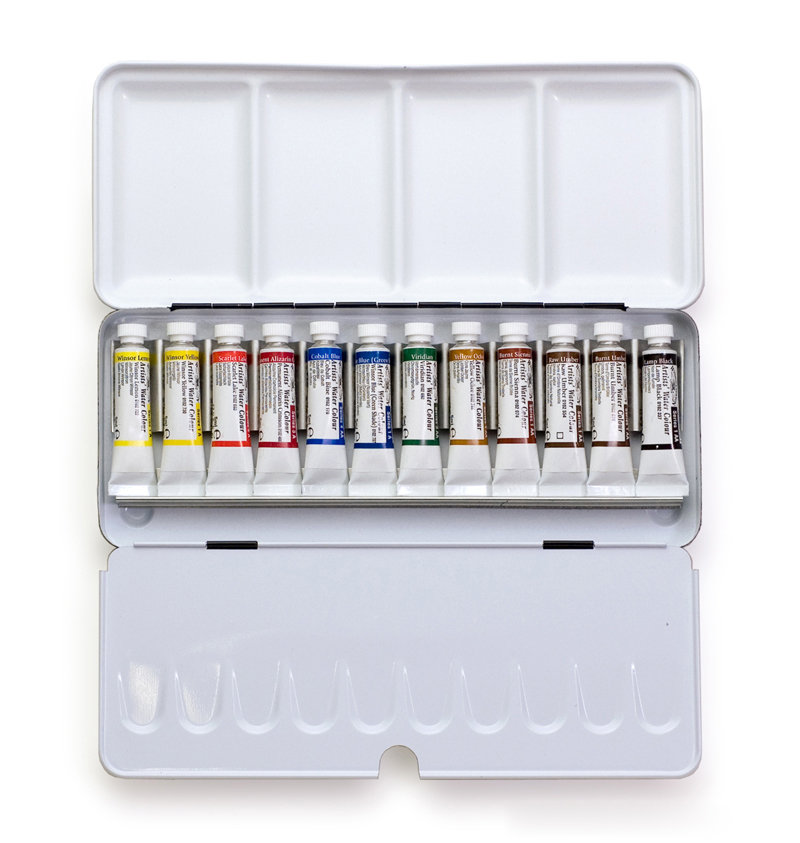 Tube type
Tube type 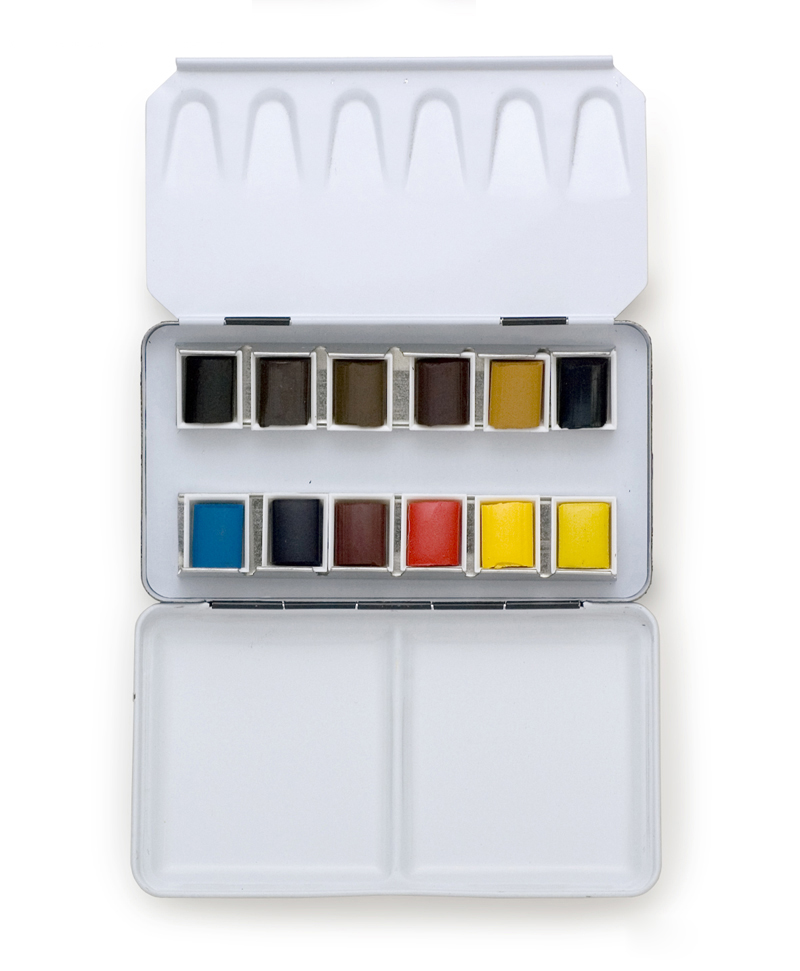 Solid cake type
Solid cake type- Opaque watercolors (gouache)
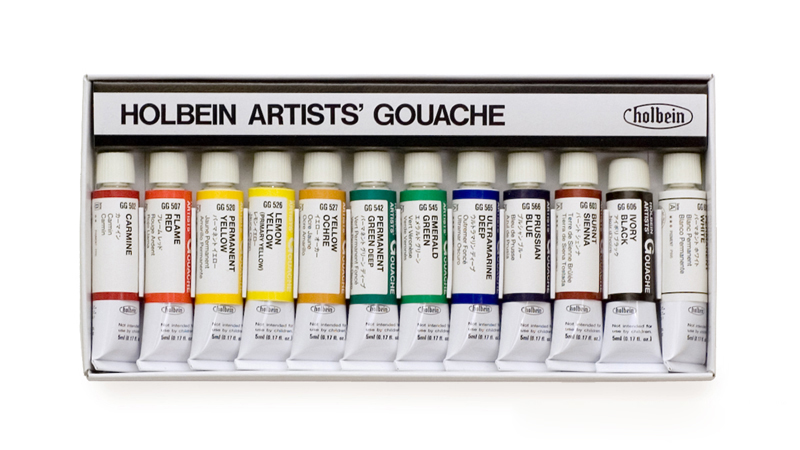 Tube type
Tube type 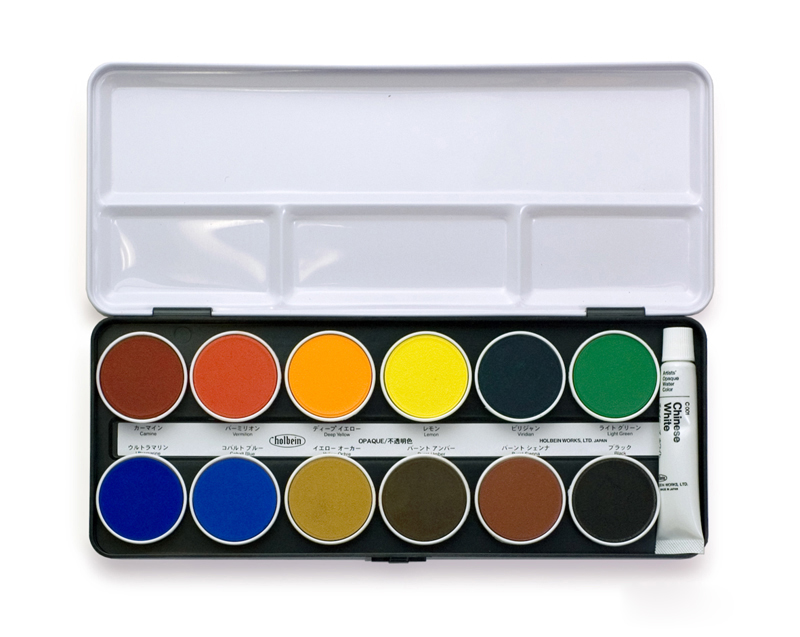 Solid cake type
Solid cake type- How transparent watercolor paint hardens
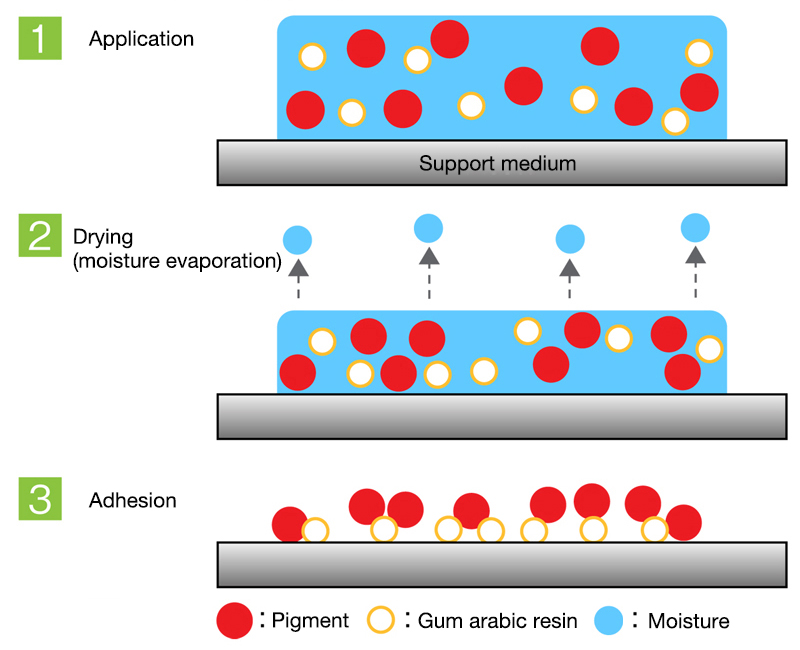
- How opaque watercolor paint hardens
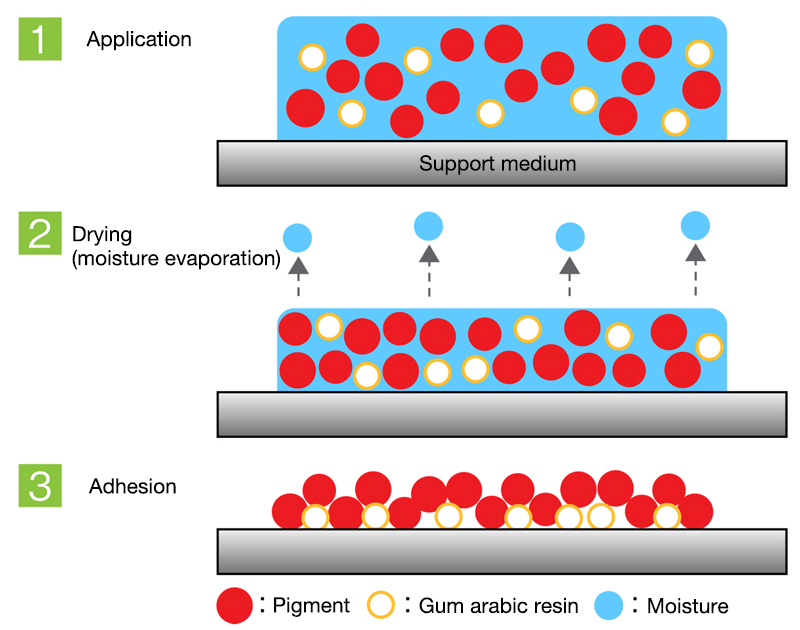
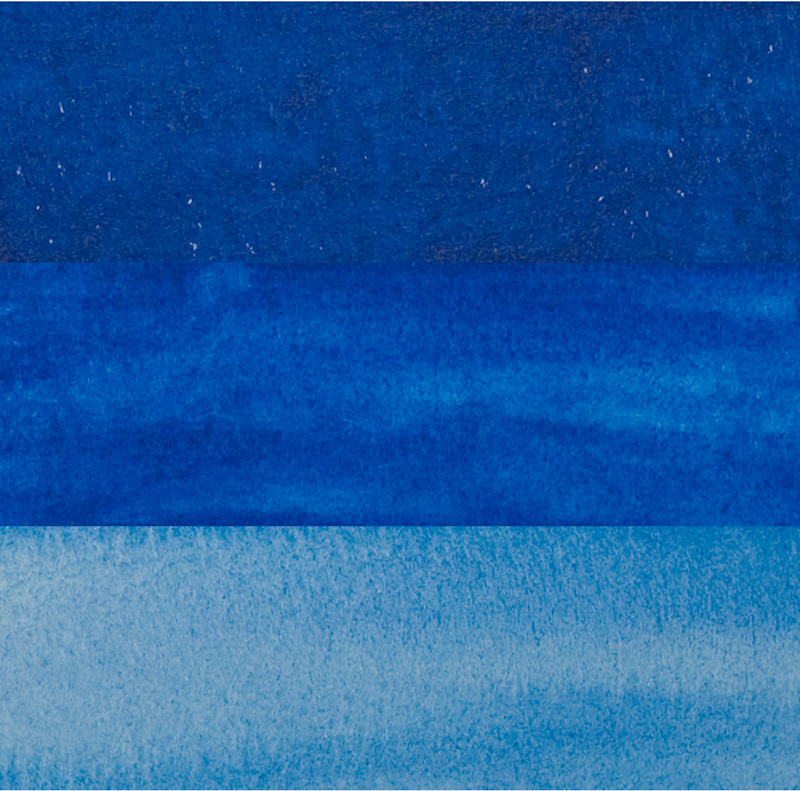 Shading and making subtle changes with moisture content (transparent watercolor)
Shading and making subtle changes with moisture content (transparent watercolor) Shading and making subtle changes with white content (opaque watercolor)
Shading and making subtle changes with white content (opaque watercolor)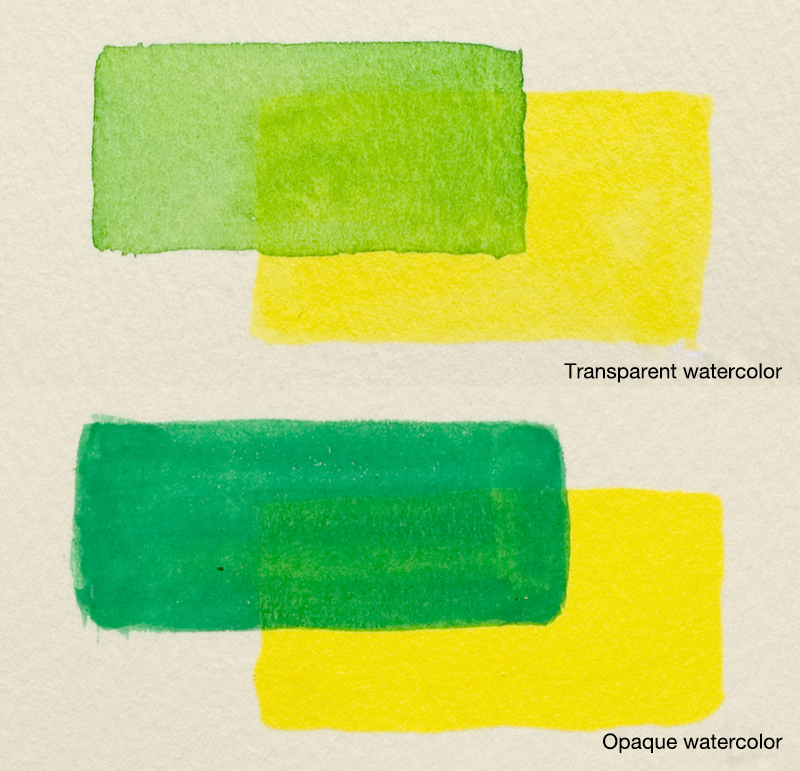 Layering paint
Layering paint- Blurring/running
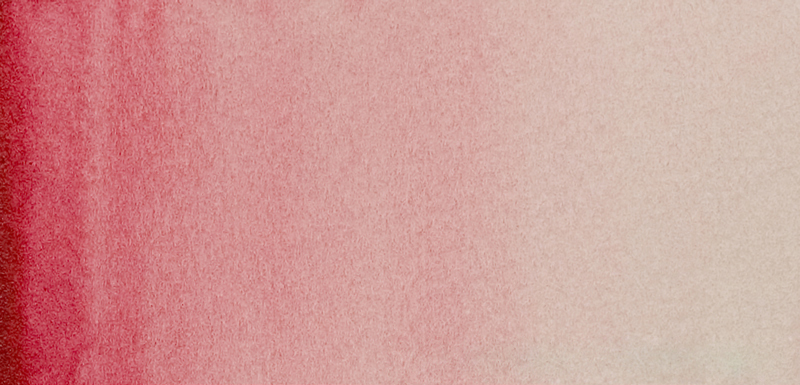 Adding water for a blurred effect
Adding water for a blurred effect 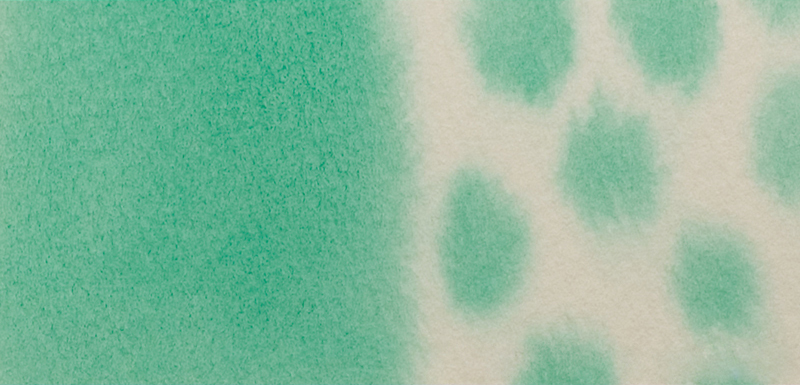 Moistening the paper for a running effect
Moistening the paper for a running effect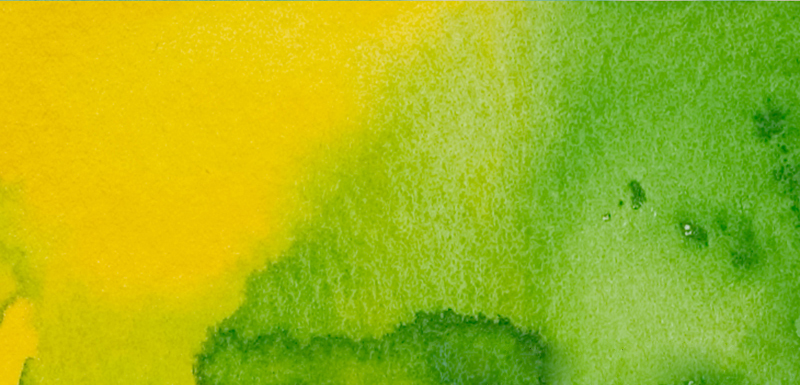 Creating a running effect with different colors
Creating a running effect with different colors- Removing paint
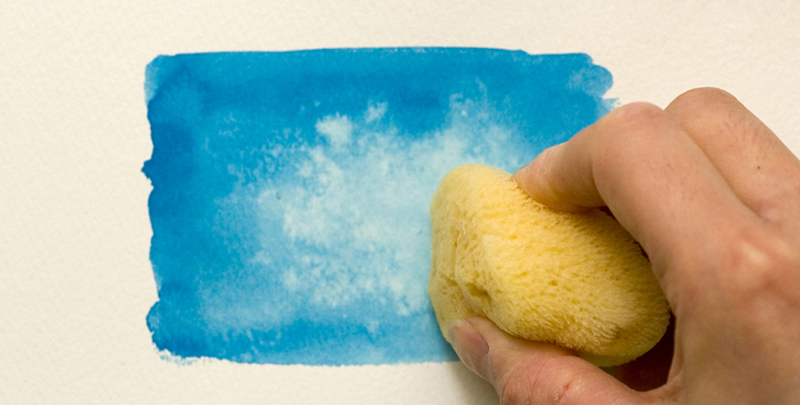 Removing paint with a sponge
Removing paint with a sponge  Removing paint with a tissue
Removing paint with a tissue- Achieving other effects * The paper shown here is Watson paper
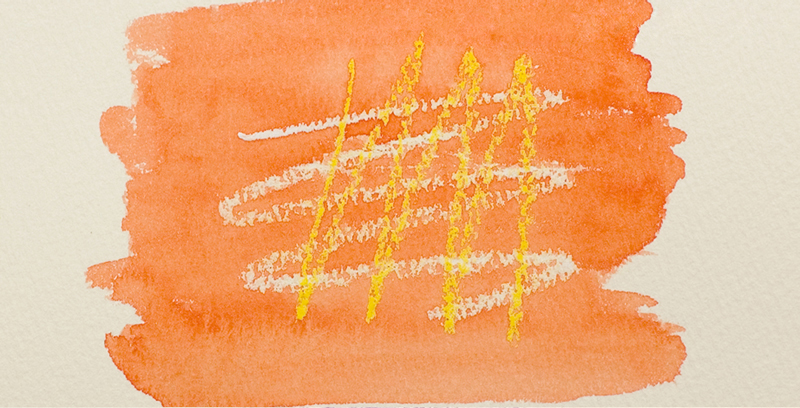 Using oil pastel to repel paint
Using oil pastel to repel paint  Achieving a pebbled effect with a sponge
Achieving a pebbled effect with a sponge Filling without water
Filling without water
